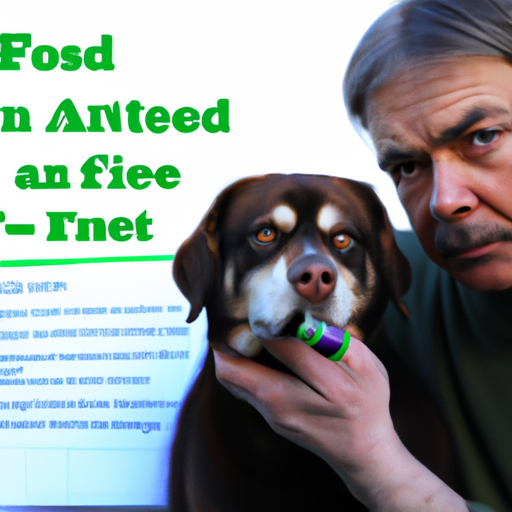Understanding Antifreeze Poisoning
Every year, thousands of dogs are affected by antifreeze poisoning, and, unfortunately, many of them don’t survive. The culprit is ethylene glycol, a sweet-tasting ingredient found in antifreeze. Dogs, being naturally curious and drawn to sweet tastes, may ingest antifreeze when it leaks from a car’s cooling system or when it’s not properly stored.
Recognizing Symptoms of Antifreeze Poisoning
The symptoms of antifreeze poisoning can appear within 30 minutes to 12 hours after ingestion. Keep a watchful eye for these signs:
- Vomiting: A dog may attempt to expel the toxin from its body by vomiting.
- Increased thirst and urination: Antifreeze has a diuretic effect, causing your pet to drink and urinate more frequently.
- Loss of coordination: Also known as “drunken” behavior, your dog may appear unsteady on its feet.
- Seizures: In severe cases, the dog may have seizures or fall into a coma.
Immediate Steps to Take
If your dog exhibits any of the symptoms above, take these immediate steps:
- Contact your vet immediately: Even if you’re not sure, it’s better to be safe than sorry.
- Do not induce vomiting without veterinary advice: There are certain situations where this can cause more harm than good.
- Secure your pet and keep them calm: Stress can exacerbate the situation.
How Vets Test for Antifreeze Poisoning
Once at the vet’s office, they will perform a series of tests to determine if your dog has been poisoned by antifreeze. Here is a simplified table of the process:
| Step | Description |
|---|---|
| Physical examination | The vet will first perform a general examination to assess the dog’s condition. |
| Blood and urine tests | These tests can detect the presence of ethylene glycol or its metabolites. |
| Ultrasound | In severe cases, an ultrasound may be performed to assess kidney damage. |
Please note that the time frame is critical. If it’s been less than a few hours since ingestion, the vets have a better chance at detecting ethylene glycol in the dog’s system.
Preventing Antifreeze Poisoning
As they say, prevention is better than cure. Here are some tips to prevent antifreeze poisoning in dogs:
- Store antifreeze in a secure location where your pets can’t access it.
- Check your vehicle regularly for leaks.
- Use pet-safe antifreeze products. They contain propylene glycol instead of ethylene glycol.
FAQs
Q: How long does it take for antifreeze to affect a dog?
Symptoms can appear within 30 minutes to 12 hours after ingestion.
Q: Can a dog recover from antifreeze poisoning?
With immediate treatment, it’s possible for a dog to recover.
Q: Are there pet-safe alternatives to antifreeze?
Yes, there are pet-safe antifreeze products available that contain propylene glycol instead of ethylene glycol.
Q: What should I do if I see my dog drinking antifreeze?
Immediately contact your vet and follow their instructions.



